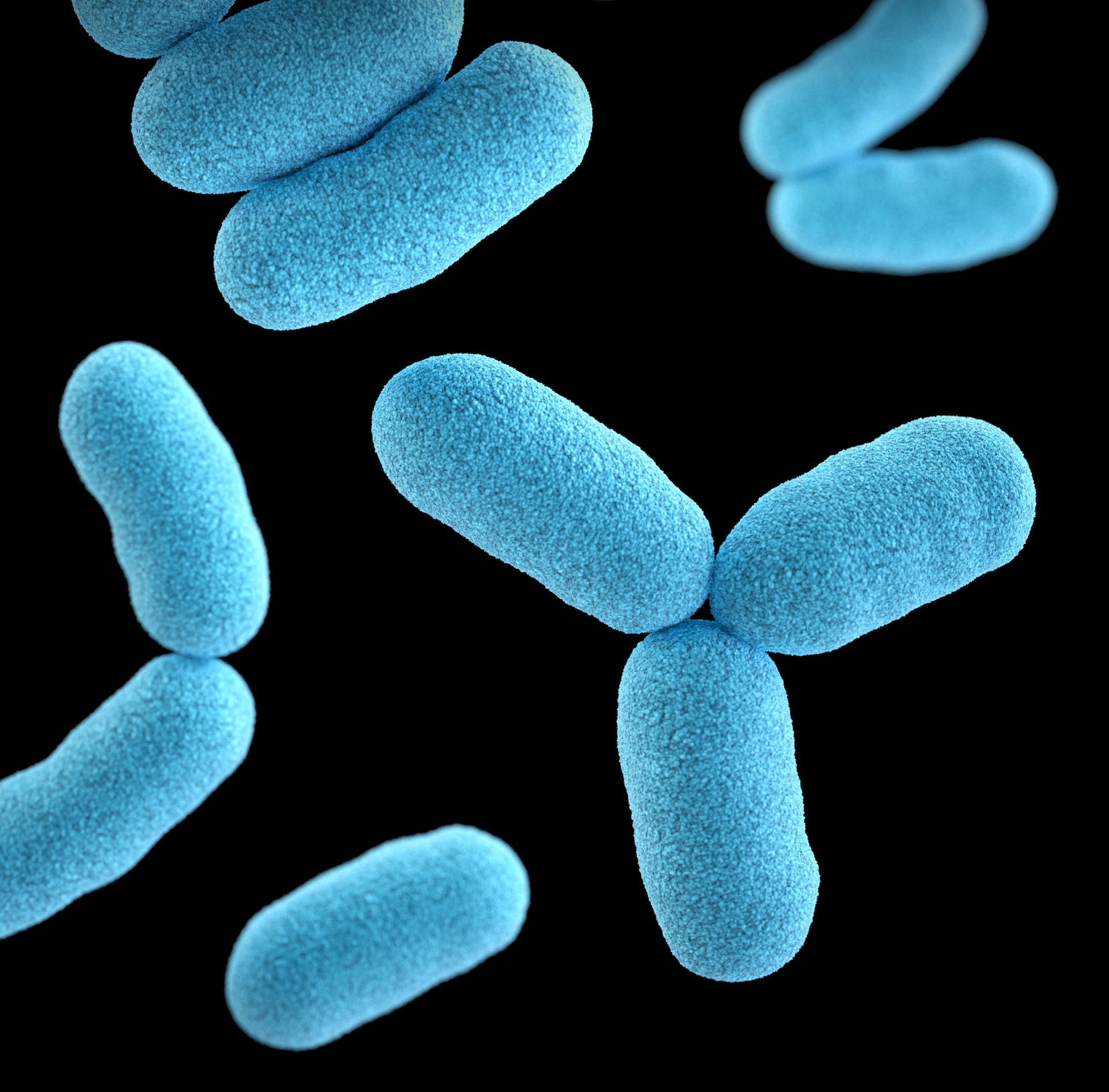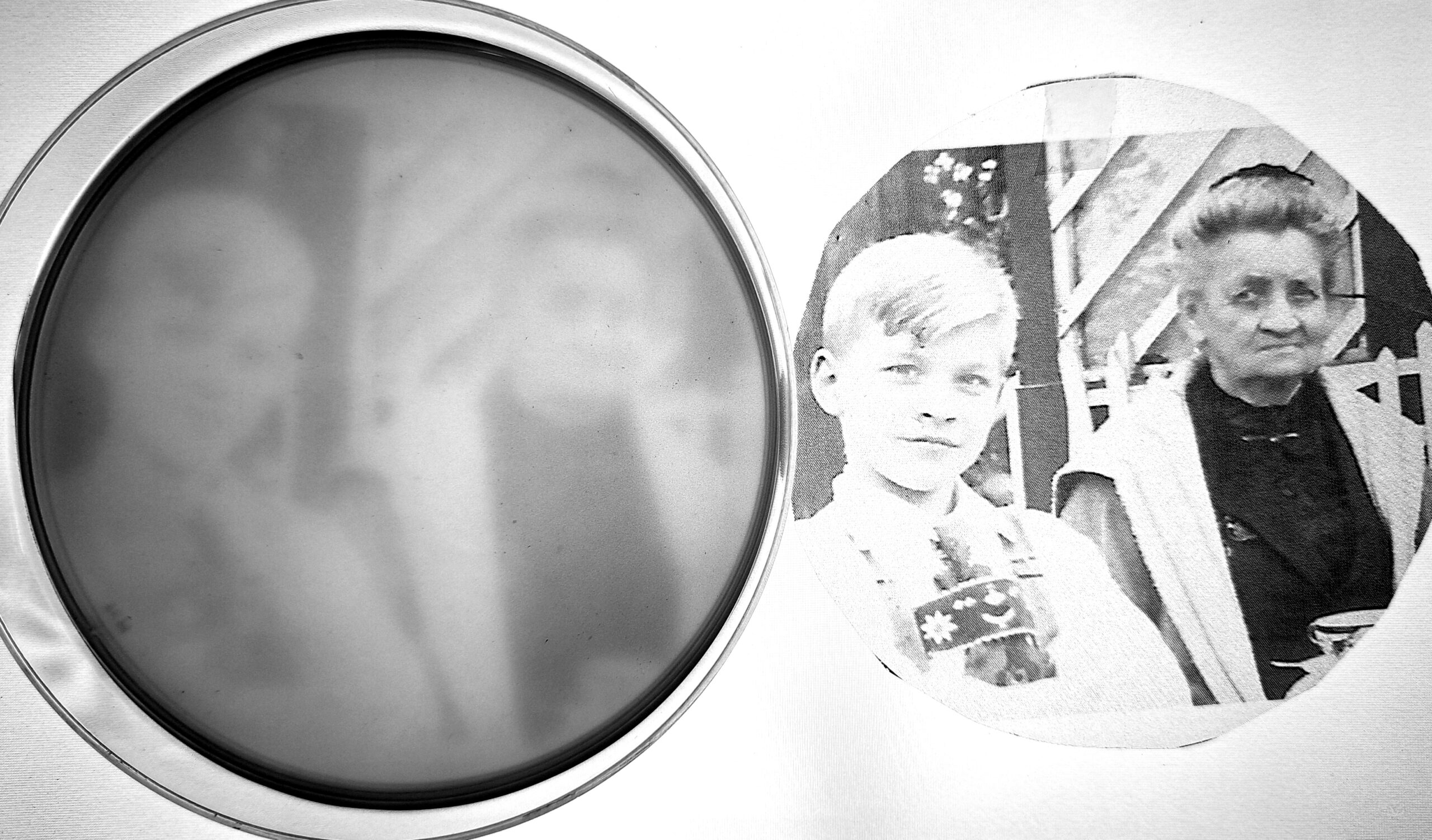Have you ever wondered how people can turn bacteria into a powder whenever you take your daily probiotic? That’s possible because of lyophilization! It’s a well-established method for storing bacteria in capsules so you can ingest them. Yet underneath that process is a highly technical procedure that requires strong attention to detail and an ability to respond to unexpected changes in the process. That said, I could never have thought that something so technical and precise as lyophilization could be so interesting and exciting to talk about.
But that’s what Kevin Roelofs, Associate Director of Strain Process Development at Novome Biotechnologies, managed to do. I am delighted to have had the chance to interview him at the Microbiome Movement Drug Development Summit in Boston. His passion and love for scientific research and lyophilization were infectious when I interviewed him. I hope that through the interview, I could recapitulate just some of that energy for you. With that said, let’s delve into the world of lyophilization and why it’s so important to consider in LBP development.
PN: So let’s start things off by asking what lyophilization is. What’s involved and why do we use it for bacterial cultures in LBP development?
KR: I’ll start by stating the goal of LBP production. By the time we bring the LBP to the clinic, we want to make sure that the LBP is easy to take while retaining its intended clinical activity. But unlike chemical formulations, microorganisms are living entities. There thus needs to be a way to keep the microbes in a static state and then reactivate them when they enter the body. That’s where lyophilization comes in. When we prepare bacteria, we grow them as liquid bacterial cultures at large volumes. Once incubated, we then turn them into a powder through lyophilization. Then when a patient takes the capsule with water, the bacterial cells are ready to go inside the body.
But what is lyophilization? First off, I often interchange the term with “freeze-drying”. It’s a great term because if we take that compound word apart, we see the two main steps that take place in lyophilization: freezing and drying. For bacterial cultures, we would first freeze them at low temperatures. Then, we would use a vacuum to instantly convert the ice inside the cells into water vapour.
Now, if you remember your chemistry classes, you’ll know that there are specific terms when something moves between states of matter. For instance, if you go from liquid to solid, you’re freezing and if you go from solid to liquid, you’re melting. At the drying step, we are making the water inside the cells go from solid to vapor, called sublimation. If you remember your phase charts, we can achieve sublimation at low temperatures by coupling it with a low-pressure system. This is a great way to gently remove water from the culture at low temperatures, and then the bacteria can remain in suspended animation until they are rehydrated.
PN: Thank you for the great introduction! Now your talk in Boston showed how different bacteria, even those belonging to the same strain, can respond differently to lyophilization. What is a strain, and how did that play a role in your efforts?
KR: Science has a lot of ways to classify things. Simply put, a strain is the smallest classification for differentiating bacteria from each other. In taxonomy, we think members of the same species are very similar – humans and chimpanzees are >99% identical genetically. However, with bacteria, members of the same species can have <70% genetic identity or they can differ by a single base pair. Thus, strains are used to identify unique organisms within a species. Microbes are hugely diverse and with rapidly evolving genomes, and that’s reflected in how dissimilar members of the same species can be.
Now as for our efforts, we knew that lyophilization has been studied for over half a century. However, many of those protocols were conducted on eukaryotic cells. Trying those protocols on bacterial cells would hurt them at best and kill them at worst. We didn’t want that to happen while we were developing Bacteroides as an LBP. For example, lyophilization can harm bacteria through two main methods
- Freezing: Freezing can damage cells by allowing ice crystals to form and disrupt sensitive macromolecular complexes (like cell membranes) that help the bacterial cells maintain viability. Additionally, as ice crystals form in solution, they exclude solutes, which causes those solutes to concentrate in the remaining liquid phase. This can cause weird things to happen with pH and osmolarity that can also prevent the cells from being able to regain homeostasis when they are rehydrated.
- Rehydration: A part that is not thought about too often is that there can be cell death during the process of adding water back (for example when a patient ingests a lyophilized bacteria). If the water is added back too slowly, the same issues with pH and osmolality can occur again. If it is added back without nutrients to help bacteria repair themselves, that can also lead to cell death.
Needless to say, we had a lot of experimenting to do. My job was to figure out the lyophilization conditions that would make sure the Bacteroides cells we worked with stayed alive while being preserved. What made the experimental process even more complicated was that we had to change the lyophilization protocol as we scaled up our efforts. That’s because you change the kinetics of lyophilization when you have to preserve larger volumes of microbial culture. If we didn’t alter our protocols accordingly, we would have lost a lot of bacterial cultures that we could have used in our production lines. As a speaker from Vedanta Biosciences noted, it was vital that we got a hold of our final scale for lyophilization and run our batches with that pipeline early for that reason.
Now what we found out, which I discussed in my talk, was that some of the strains survived better than others to lyophilization. Most worryingly, however, we found that the LBP strains we wanted to develop survived the worst in response to lyophilization.
PN: That’s not good! Even so, your talk also showed how you solved the problem. Could you tell us more about your solution?
KR: It took a meticulous scientific approach to solve the problem, but it began with gene evolution experiments. We wanted to see if we could evolve the Bacteroides LBPs to survive lyophilization, and we did so by growing bacterial cells, lyophilizing them, and then taking the survivors of that process and re-growing them. While we showed that this worked for our particular strain, surprisingly, it also worked for every species of the genus Bacteroides that we tested. Within 3 rounds of selection, even species that started as very poor survivors became good survivors. Even more surprising, most of these improved survivors lacked any mutations in their DNA sequence. We didn’t figure out exactly what was happening there, but it’s definitely interesting.
In a second line of work, we identified specific genetic differences between strains that survived well and strains that survived poorly. Through those experiments, we found that the LBP strains we used had a mutation to a gene called pap2. The gene encodes a protein that helps cells maintain their cell walls through de-phosphorylation of a lipid carrier of cell-wall components. When we replaced the gene with a non-mutated version, we consistently saw the LBPs survive lyophilization. Since then, we have scaled up our lyophilization protocols and seen similar positive results.
I do have to note that we obtained all these results through rigorous experimentation. The genes that mediate survival for Bacteroides during lyophilization may not help other bacterial species survive too. In fact, we might see a completely different set of genes that help other bacterial strains survive. A lot of these discoveries can come up by accident, but by having a strong scientific approach, you can discover much more than you think.
PN: With pipelines like yours, it definitely looks like we’ll go a long way to making LBP production that much easier. To close things off, what should an LBP producer consider when scaling up lyophilization for commercial scale-production?
KR: Companies using lyophilization to produce their LBPs must consider many factors as they move from lab-scale to commercial-scale manufacturing. Here are a few that I should mention:
- The microbes’ growth phases and growth conditions: Bacteria appear in many cellular states as they grow. Whether they’re acclimatizing to the fresh culture, growing exponentially in numbers, or reaching stationary phase, the time point you collect them will affect how well they survive lyophilization and how many cells you produce. What’s interesting here is that when you work with 100s or 1000’s of liter volumes, the ability to stop bacterial growth at a specific time point becomes a challenging thermodynamic problem. How do you lower the temperature of a 1000 L of liquid by ~30˚C in less than 1 hour? That’s why we tend to lyophilize bacteria at a stationary phase where they are in a stable growth state for several hours. Also, stationary phase is usually associated with a stressful state for the bacteria, and they will respond by altering their cellular phenotypes to survive a wide range of stressors, and that can often help them survive lyophilization. Finally, we also have to consider how many bacteria are present when you begin the lyophilization, since the more you start with, the more you are likely to have at the end of the process, and stationary phase has the most viable bacteria along the growth curve.
- The changes in pressure within a lyophilization: Within the lyophilization itself, other factors impact how quickly and effectively the freezing and drying process is. For a given lyophilization, you could have moisture coming off the product and into the lyophilization chamber. When that happens, the vacuum pump needs to pull off the gas pressure that accumulates within the chamber again. Maintaining the correct setpoints for pressure and temperature during lyophilization can be challenging, especially if you are trying to remove relatively large quantities of water as we do with bacterial bulk-lyophilization.
- Temperature changes in lyophilization: Remember what I said about lyophilization? How successful it takes place depends on the changes in pressure and temperature of the system. When you change temperatures within the system, you can also affect the moisture. Think of a sheet pan whenever you make cakes. The top of the cake dries off first, but that makes it for water to leave the bottom of the cake. So all of a sudden, you can start encountering resistance where the moisture that was coming off the top at a fast rate becomes slower as you start to remove moisture from the bottom of the cake. You have you readjust the vacuum pump and temperatures repeatedly to make sure the moisture comes off effectively.
- The amount of water that a lyophilizer can remove: Lyophilizers are also capable of removing a certain amount of water. That will affect how long and how much drying you can do for a single cycle. This can make scaling up LBP production lines challenging because the protocol you used to produce a small amount of LBP may not work when you need to produce more.
With all of these factors, LBP producers must realize that lyophilization is a dynamic process that is impacted by pressure and temperature modulation within the context of a specific lyophilizer’s engineering. Even though we’re seeking a steady rate of sublimation for the bacteria, the entire process requires constant responses to fluctuations in moisture, temperature, and pressure. Lyophilizers that are equipped with additional sensors such as both pirani & capacitance pressure sensors & both shelf and product temperature sensors can assist with making more reproducible cycles that meet the quality standards of pharmaceutical manufacturing.

Special thanks to Hanson Wade for having GenoWrite be a media partner for the Microbiome Movement conference. Thanks to them as well for kindly approving the written content for this article.
Author
-

Paul Naphtali is a seasoned online marketing consultant. He brings to the table three years of online marketing and copywriting experience within the life sciences industry. His MSc and PhD experience also provides him with the acumen to understand complex literature and translate it to any audience. This way, he can fulfill his passion for sharing the beauty of biomedical research and inspiring action from his readers.
View all posts




